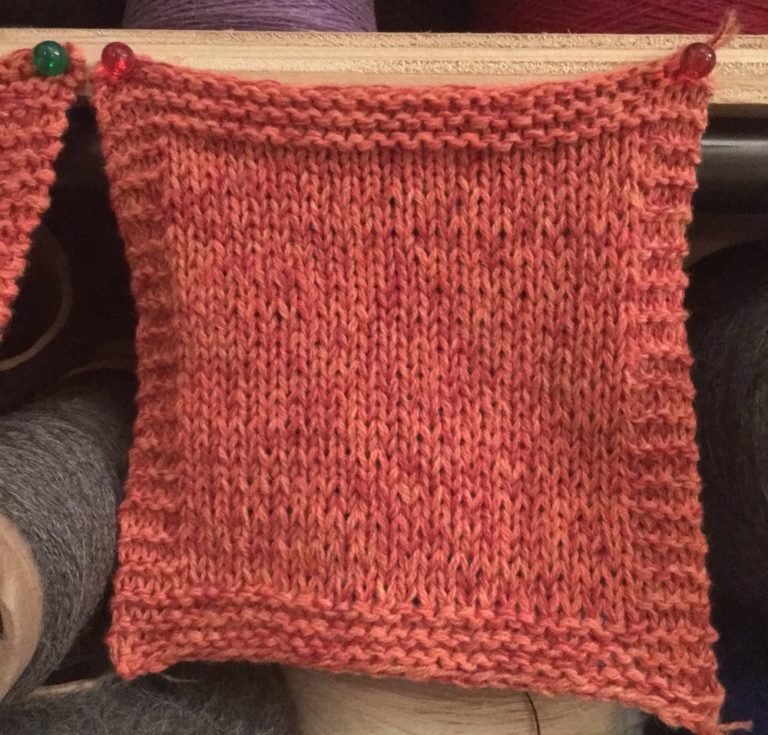Merino Wool Yarn
Learn more about some of the major fiber types!
Merino wool yarn is derived from an economically influential breed of sheep prized for its wool. The breed originated in Southwestern Iberia (Extremadura, Spain), but the modern Merino was domesticated in New Zealand and Australia. Today, Merinos are still regarded as having some of the finest and softest wool of any sheep.
Merino wool is extremely versatile. Wool, in general, is able to absorb up to 30 percent of its weight in water and still feel warm and dry against the skin, making it especially good for our Portland winters.
Wool also has excellent memory, it can stretch up to 1/3 of its length and it will bounce back to its original shape. This make it perfect for garments that you want to be fitted, and projects like socks and gloves that get stretched a lot through use.
Wool can be added to blends with cotton or bamboo which have great drape but little memory for bouncing back after being stretched — this gives the best of both worlds: memory and drape.
Finally, wool is naturally flame retardant so it can safely be used for things like baby blankets. Wool ignites at a higher temperature than cotton and some synthetic fibers. It has lower rate of flame spread, low heat release, low heat of combustion, and does not melt or drip; it forms a char which is insulating and self-extinguishing, and contributes less to toxic gases and smoke than other flooring products, when used in carpets. Wool carpets are specified for high safety environments, such as trains and aircraft. Wool is usually specified for garments for firefighters, soldiers, and others in occupations where they are exposed to the likelihood of fire.
Purchase your merino wool yarn in any quantity or weight you’d like, using our Custom Yarn Creator!
- Type of fiber: Protein (derived from animals)
- Hand: Warm, with good elasticity
- Care: Hand wash / lay flat to dry


Here are some projects that our customers have made with our merino wool yarn:

Tri-Color Cowl
Source: The Knitter’s Book of Yarn: The Ultimate Guide to Choosing, Using, and Enjoying Yarn by Clara Parkes





